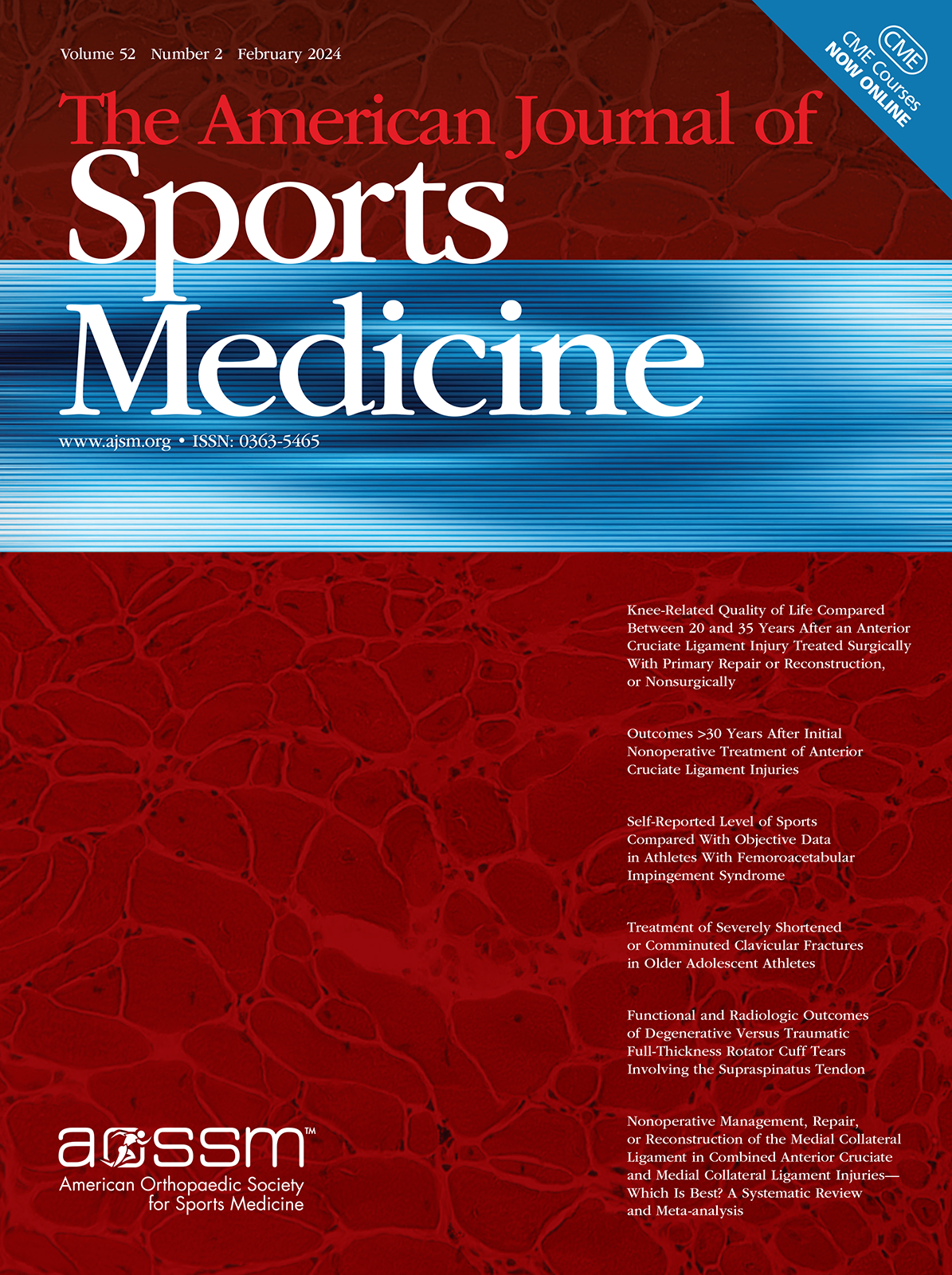
Muscle strengthening exercise program not successful in reducing overuse knee injuries

Muscle strengthening exercise program not successful in reducing overuse knee injuries
Prevention of Overuse Injuries by a Concurrent Exercise Program in Subjects Exposed to an Increase in Training Load: A Randomized Controlled Trial of 1020 Army Recruits
Am J Sports Med. 2008 Apr;36(4):663-70. Epub 2008 Mar 12.Did you know you're eligible to earn 0.5 CME credits for reading this report? Click Here
Synopsis
1020 soldiers undergoing 3 months of basic military training were randomized to undergo the prevention program consisting of exercises for strength, flexibility, and coordination, or the placebo program. A physical training program focused on muscular strengthening, coordination and flexibility, based on the intrinsic risk factors was identified by literature review. The purpose of this study was ...
To view the full content, login to your account,
or start your 30-day FREE Trial today.
FREE TRIAL
LOGIN
Forgot Password?
Explore some of our unlocked ACE Reports below!

Learn about our AI Driven
High Impact Search Feature
Our AI driven High Impact metric calculates the impact an article will have by considering both the publishing journal and the content of the article itself. Built using the latest advances in natural language processing, OE High Impact predicts an article’s future number of citations better than impact factor alone.
Continue



 LOGIN
LOGIN

Join the Conversation
Please Login or Join to leave comments.